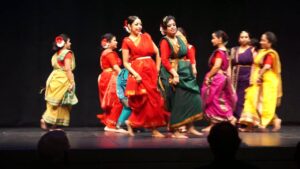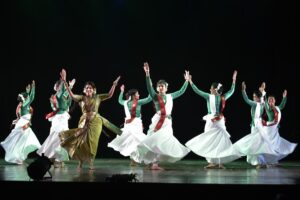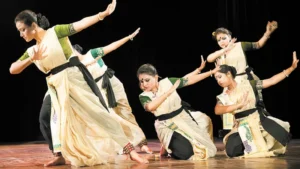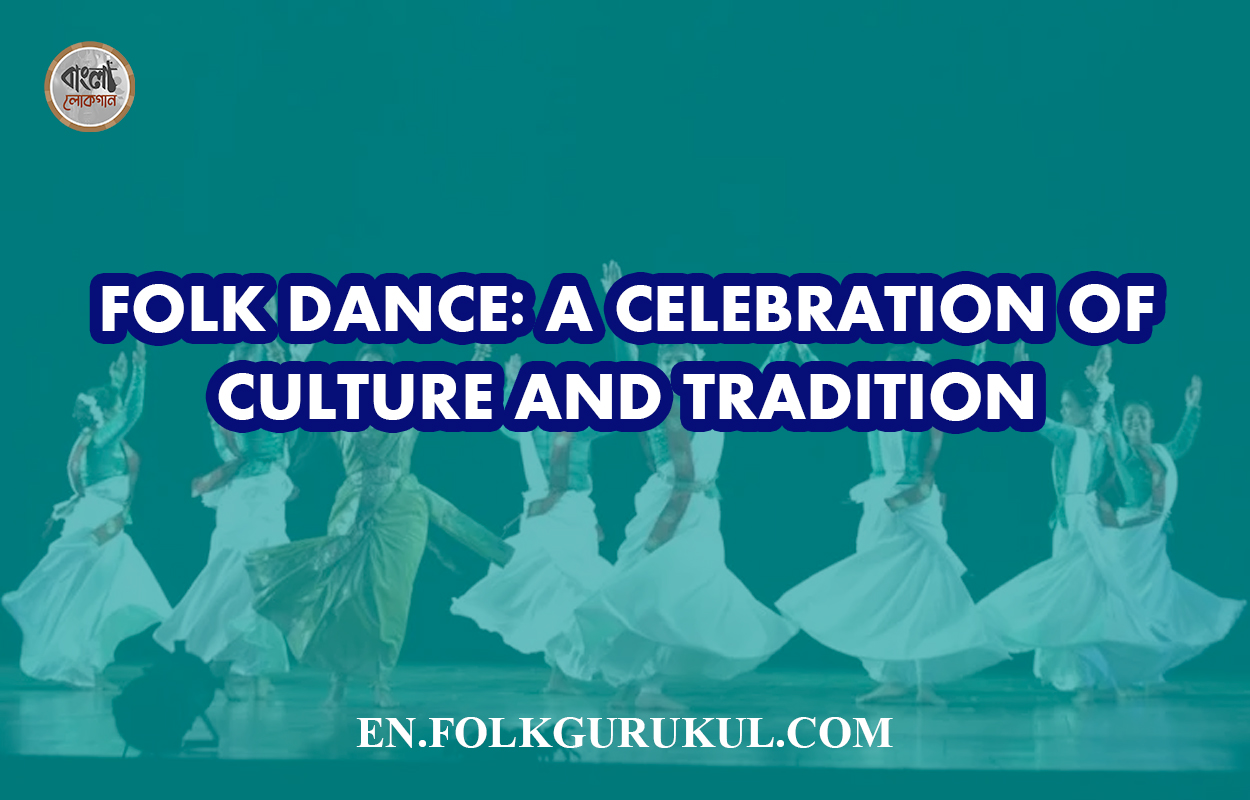Folk dance is a vibrant and expressive form of cultural representation that has been practiced across the world for centuries. It embodies the spirit, traditions, and heritage of various communities, offering a window into their historical and social experiences. This article explores the essence of folk dance, its significance, and its evolution in contemporary society.
Folk Dance
What is Folk Dance?
Folk dance refers to traditional dances that have been passed down through generations within a specific community or culture. Unlike classical or modern dance forms, which may follow strict choreographic rules or training, folk dance is often spontaneous and closely tied to communal life. These dances are typically performed during festivals, celebrations, and social gatherings, serving as a means to preserve cultural identity and foster a sense of community.

Characteristics of Folk Dance
1. Community-Oriented: Folk dances are usually performed in groups and reflect the communal spirit of the culture they represent. They often involve audience participation, making them interactive and inclusive.
2. Cultural Significance: Each folk dance is deeply rooted in the history, mythology, and customs of its region. It often narrates stories or legends through movement and music, preserving traditional tales and values.
3. Simple Steps: The steps and movements in folk dances are typically straightforward and easy to learn. This simplicity allows for participation by people of all ages and skill levels, making folk dance an accessible form of cultural expression.
4. Traditional Costumes: Performers often wear traditional costumes that reflect the cultural heritage of their community. These costumes add visual appeal and authenticity to the performance.
5. Local Music: Folk dances are usually accompanied by traditional music played on local instruments. The rhythm and melody of the music are integral to the dance, setting the pace and enhancing the overall experience.
Types of Folk Dance
1. European Folk Dances: European countries have rich traditions of folk dance. For example, the Irish jig, the Spanish flamenco, and the Russian Troika are well-known examples. Each of these dances reflects the unique cultural and historical aspects of its region.
2. Asian Folk ‘Dances: In Asia, folk dances vary widely across regions. The Japanese Bon Odori, the Indian Kathakali, and the Chinese Lion Dance are some examples that showcase diverse traditions and storytelling techniques.
3. African Folk Dances: African folk ‘dances are known for their vibrant movements and rhythms. They often involve intricate footwork, body movements, and drumming. The West African dance styles, such as the Agbekor and the Kpanlogo, highlight the cultural diversity of the continent.
4. American Fol’k Dances: In the Americas, folk ‘dances include a variety of styles influenced by indigenous, African, and European traditions. Examples include the American square dance, the Mexican Jarabe Tapatío, and the Brazilian Samba.

The Evolution of Folk Dance
Over time, folk’ dance has evolved while retaining its traditional roots. Modern adaptations and influences have introduced new elements to folk ‘dance, blending contemporary styles with traditional movements. This evolution reflects the dynamic nature of cultural practices as they interact with global trends.
1. Cultural Exchange: As people migrate and interact with other cultures, folk ‘dance traditions often blend and adapt. This cross-cultural exchange has led to the development of new dance forms and the incorporation of diverse influences into traditional practices.
2. Educational Programs: Folk’ dance is increasingly being taught in schools and universities, helping to preserve and promote traditional dance forms. Dance academies and cultural organizations often offer workshops and performances to educate younger generations about folk ‘dance heritage.
3. Media and Technology: The rise of digital media has facilitated the global spread of folk ‘dance. Online platforms, social media, and video sharing have made it easier for folk ‘dance performances to reach a wider audience and gain international recognition.
4. Revival and Preservation: Efforts to revive and preserve traditional folk ‘dances are underway in many communities. Festivals, cultural heritage programs, and documentary films help to highlight and celebrate folk ‘dance traditions, ensuring their continued relevance in the modern world.

The Impact of Folk Dance
Folk ‘dance has a profound impact on individuals and communities. It fosters a sense of belonging, promotes cultural pride, and strengthens social bonds. Through dance, people connect with their heritage and express their identity in a dynamic and artistic way.
1. Cultural Identity: Folk’ dance helps individuals and communities maintain a connection to their cultural heritage. It provides a means to celebrate and honor traditions, reinforcing cultural identity and continuity.
2. Social Cohesion: Participating in folk’ dance fosters a sense of unity and belonging within communities. It brings people together, encourages cooperation, and strengthens social ties.
3. Artistic Expression: Folk’ dance allows for creative expression and storytelling. It provides an outlet for individuals to showcase their talents and share their cultural narratives through movement and performance.
4. Educational Value: Folk ‘dance serves as an educational tool, teaching about history, culture, and social practices. It helps individuals gain a deeper understanding of different cultures and their contributions to global heritage.
Folk ‘dance is a rich and vibrant aspect of human culture that transcends borders and generations. It serves as a living testament to the traditions, values, and creativity of various communities. By celebrating and preserving folk’ dance, we honor our past, connect with our present, and ensure that future generations can continue to experience the joy and significance of this timeless art form.
See More:
